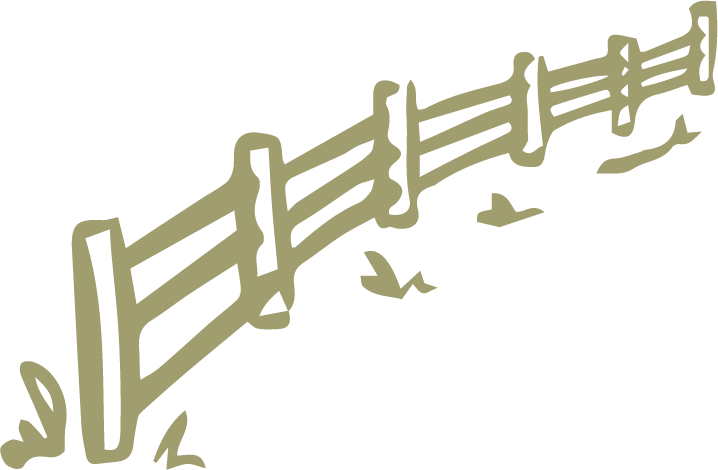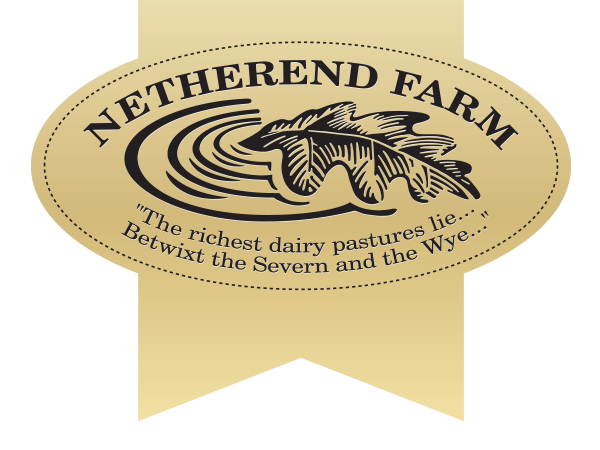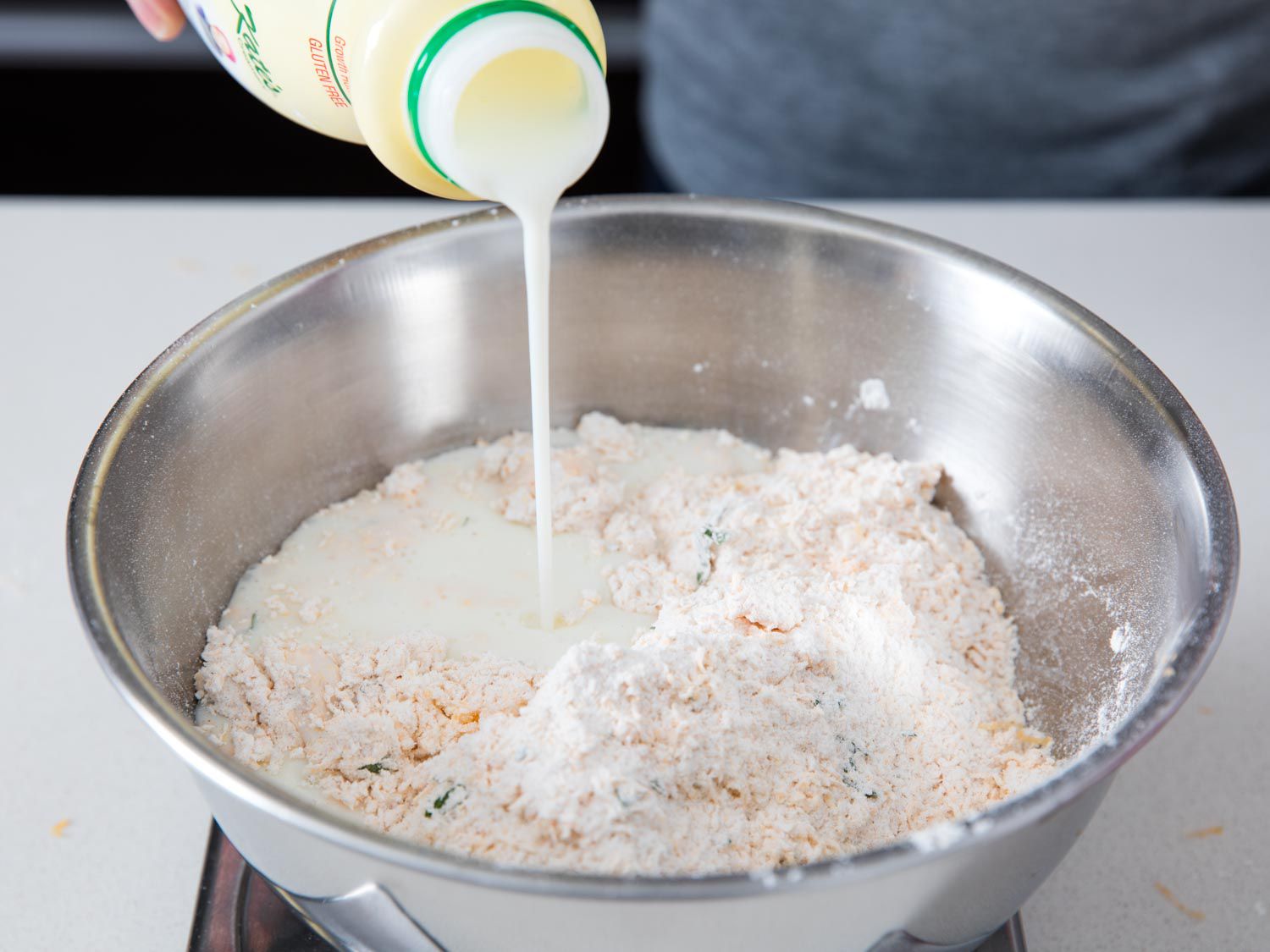Different brands of butter have different levels of butterfat.
- Butter is produced either salted or unsalted
- Butter is either sweet cream or cultured
- Butterfat ranges from 80% - 86%
- Butter can be very hard to very pliable (Kerrygold brand) cold
- Butter is sold in various forms, including, cubes, bulk blocks, sheets for lamination, whipped.
Choosing the correct butter for the application is important to the quality of the product, the flow of production time, and the budget.
The home bakers have this belief that anything they make at home must be “superior” because it is “homemade.” They don’t understand the complexity of ingredients.
Butter will leak water; it will turn rock hard; it will crumble. There is no way for a home baker to know the butterfat content or the water content of a butter made at home. Baking is chemistry, so a baker must know what is going in the bowl to control the chemical reaction.
A quality butter is extremely complicated to produce.
Manufacturers are very protective of their processes as the breed of cow, type of feed, pasteurization (tempering) effects the quality of butter.
In early manufacturing of commercial butter the quality was very inconsistent. Batches would go from rock hard to crumbly. On batch would be dry. The next would leak water.
Once scientists became involved they were able to isolate the problems. Just to give you an idea of how complex butter manufacturing is a few of the published studies on butter.
R.M. Dolby
The Effect of Temperature Treatment of Cream Before Churning on the Consistency of Butter
J. Dairy Research, 21 (1954), p. 67
V.R. Huebner, L.C. Thomsen
Spreadability and Hardness of Butter. II. Some Factors Affecting Spreadability and Hardness
J. Dairy Sci., 40 (1957), p. 389
L.C. Thomsen
Controlling Butter Defects Caused by Cows on Dry Feed
Milk Products J., 49 (2) (1958), p. 53
G.A. Richardson, F.H. Abbott
Prevention of the Defect in the Consistency of Butter Due to an Alfalfa Hay Ration
Wilster, G.H., Jones, I.R., and Haag, J.R. Crumbliness and Stickiness in Butter. Physical and Chemical Properties of the Milk Fat. Oregon Agr. Expt. Sta. Tech. Paper 361. Corvallis, Oregon, 1941
L.C. Thomsen
Controlling Butter Defects Caused by Cows on Dry Feed
Milk Products J., 49 (2) (1958), p. 53
================================================
A stand mixer is a planetary mixer. The mixer head rotates and the bowl is stationary. So the dough just wraps around the dough hook.
A spiral mixer, which is designed for mixing dough, has a rotating mixer head AND a rotating bowl. A properly designed one also has a center post.
Since both the bowl and mixer head rotate the dough/batter glides between the two surfaces instead of drags against the surface of the bowl. This significantly reduces friction, so less friction heat is generated. Less friction heat means less risk of over heating the dough and killing the yeast. It also moves the dough, so the dough is actually kneaded.
When there is a center post, the dough cannot climb up the dough hook, so the dough is actually moved by the hook, instead of just wrapped around it.
This is how a dough should be kneaded by a mixer. The dough hook actually moved through the dough. With the KitchenAid the dough is just stuck on the hook and dragged. The dough never gets kneaded at all. This is why planetary mixers are not used in bread bakeries.




